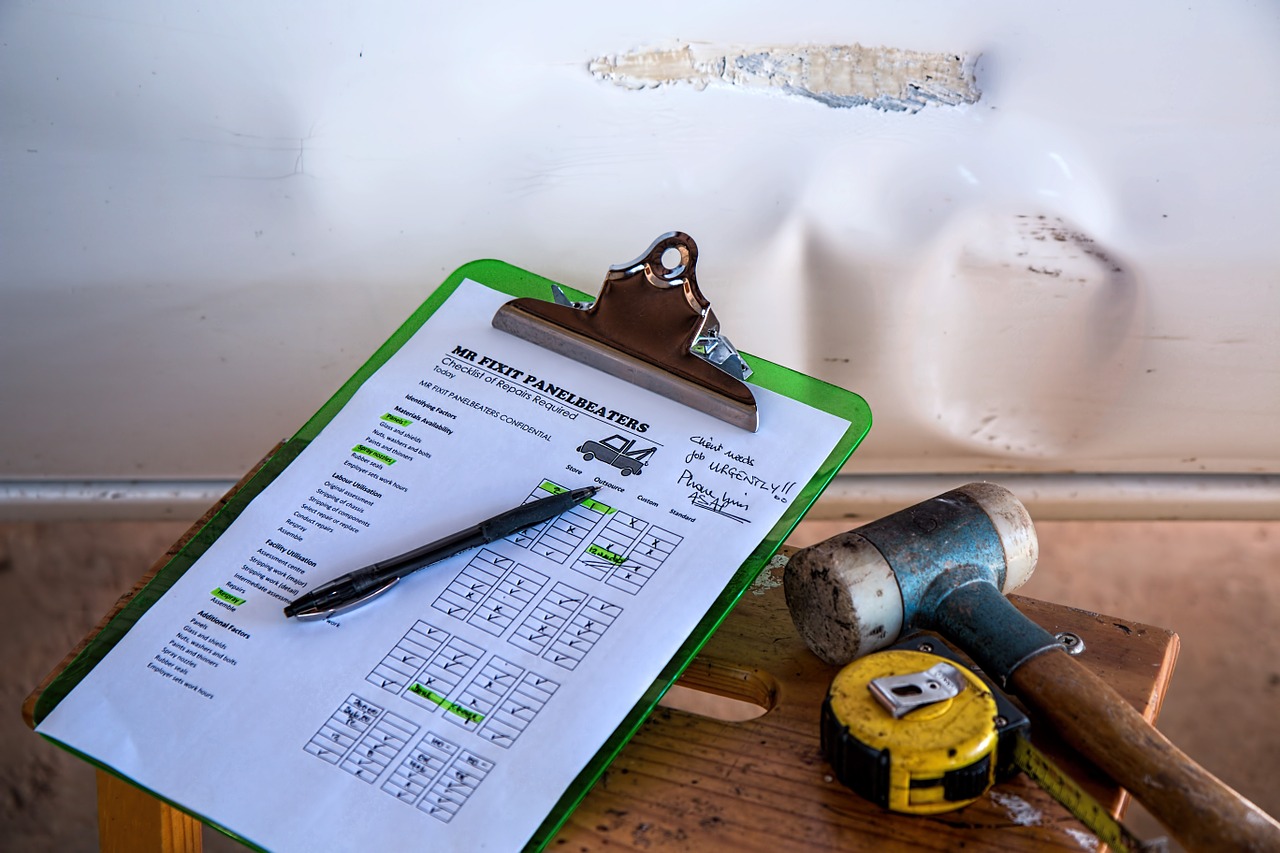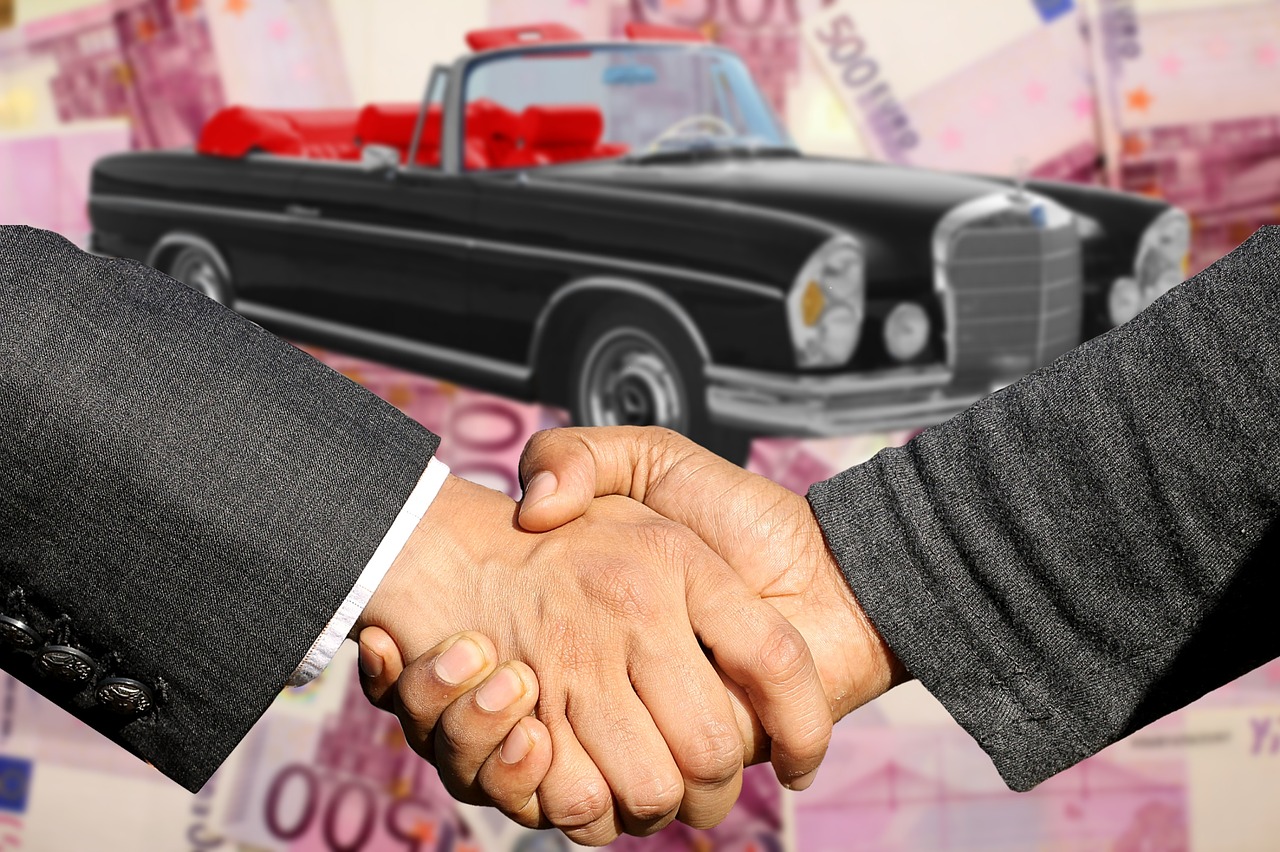What is Diminished Value?
What is Diminished Value?
If you’ve ever been in a car wreck, you might have heard the term ‘diminished value’. If not, you’ll wish you had by the end of this article. Diminished Value is the amount of value a vehicle loses because it has been wrecked. Even after repairs are made, a vehicle is still worth less than it would have been had it never been wrecked.
The diminished value amount is often thousands of dollars more that you’re owed, if you’re not the at-fault driver. The person that hit you is liable for more than just cost of repair the car, they are also liable for the change in value as a result of the accident they caused.

The Basics of Diminished Value
Diminished value refers to the change in the current market value of a vehicle that has been involved in some type of accident. This figure is arrived at by identifying what your vehicle was worth prior to the event versus what it’s worth now. In many instances, this is part of the process of determining if the vehicle can be repaired and ultimately restored to a condition that’s somewhat like before the accident took place.
Calculating the car value after accident is typically done by professionals who use specific criteria to evaluate the present condition of the vehicle and how much the value changed as a result of the repaired accident damage. You may hear some indicate that it’s possible to repair a vehicle so that it’s in the same condition as before the accident. While “good as new” is often referred to in repair circles, the fact is that once a car has been involved in a major accident, it’s never quite worth the same amount again and there is no way to “fix” the vehicles accident history.
How Does Diminished Value Differ From Depreciation?
Depreciation and diminished value do share one common trait: both have to do with the current market value of a vehicle. However, it’s important to understand that they are arrived at in completely different ways.
In order to determine the amount of depreciation that has taken place, it’s necessary to allow for factors like the age of the vehicle and the general condition. Essentially, you’re talking about a loss of market value that takes place over time and not because of some specific event. Depreciation is all about the gradual loss in value that occurs when a vehicle ages. Unless you have a classic that’s considered highly sought after by collectors, you can depend on your car depreciating from one year to the next.
By contrast, diminished value is associated with a specific event that reduced the value of your vehicle. It’s the damage sustained during that event that makes the difference. If the front end is damaged, the frame is bent, or some other major work will be needed to make the care drivable again, the value is reduced or diminished. To some degree, that value remains lower even after the repairs are made.
Think of it this way: depreciation will happen no matter what. Diminished value occurs only if some severe event leads to a lot of damage to the vehicle. While you can’t do anything about the former, the latter does require that you find a way to calculate car value after accident and determine what the vehicle is worth in its present state.

What Happens During a Diminished Value Appraisal?
A diminished value appraisal is typically conducted by a professional who gives the vehicle a thorough assessment. Unlike someone who is charged with determining what needs to be repaired, the focus of the appraisal is on investigating every aspect of the vehicle. That includes elements that possibly did not sustain direct damage, but have experienced some kind of indirect damage that would not be present if the accident never happened.
When you arrange for a diminished value appraisal near me, expect the appraiser to begin with the basics related to the car in question. That includes the make, model, and year. General condition apart from the damage is also factored into the calculation. Even things like the amount of mileage, and the wheel type will be considered. This is all done to arrive at what’s known as the prior to loss value, or the value of the vehicle before the accident took place.
Next, the appraiser will identify the damage severity, cosmetic vs. structural damage, frame time and total cost of repairs. Diminished value is going to be different depending on the damage severity. A car with just a scraped bumper will not lose as much value as a car with 5-hours of frame time. Typically, this is a percentage of the vehicle’s worth prior to the accident. While the percentage used can vary, most insurance companies use 10% as the maximum figure. In reality that percentage can range from 5% to 45% and is specific to the year, make and model of the car repaired. The only way to know is to get a professional appraisal.
Finally, that adjusted prior to loss value is used to determine the current market value in consideration of the repaired accident damage. The difference between the prior to loss value and the current market value after the repairs have been completed is the diminished value that you can claim with the insurance company.

Common Types of Diminished Value
There are three common types of diminished value that may apply. Knowing what is meant by each one is important, especially if the plan is to repair and keep your car. It will also matter in terms of setting a price if you plan on selling the car.
Inherent Diminished Value refers to the amount of value lost as the result of a history of damage. The assumption is that everything possible was done to restore the vehicle to a pre-accident state.
Immediate Diminished Value has to do with the value of the vehicle after the accident but before any repairs are made. If you were to decide to sell the car rather than have any work done on it, the Immediate Diminished Value would influence how much you could expect to get for it. This particular figure is rarely used by vehicle owners, since it’s more common to either repair the cars or have them totaled. Even so, if you were to decide to sell the car as is, this figure would need to be taken into consideration.
Repair-Related Diminished Value focuses on the quality of the repairs and how they affect the value. For example, a paint job using a shade that’s close to but not a perfect match for the undamaged parts of the car would have a negative impact on the overall value. The same is true if aftermarket parts are used for the repairs rather than new or used parts made by the original manufacturer. With this type of diminished value, the assumption is that the repair work was not of the same quality as if original paint and original parts were used to make the car drivable again.
Understanding the Nature of a Diminished Value Claim
A diminished value claim is a form of insurance claim that’s filed with the auto insurance provider of the at-fault person who caused the accident. Essentially, it’s a claim to recover the amount of value that the car lost as the result of an accident. Typically, the amount sought does have some limits. Such a claim can be filed even if the damage is minor, although the amount you can claim will be much less. While there are exceptions, an approved claim could provide somewhere between 10% and 45% of the vehicle’s fair market value.
There is a statute of limitations when it comes to filing this type of claim. The amount of time you have varies by jurisdiction and may be anywhere between a couple of years up to six years. Before assuming you have plenty of time, check with the agency in your states Statue of limitations on Property Damage as Diminished Value is a form of Property Damage

Diminished Value and Your Auto Insurance Premiums
Does diminished value have any impact on what you will pay for auto insurance? Could it affect your ability to secure auto insurance? There’s no hard and fast answers to those questions. A lot depends on the nature of the damage and the quality of the repairs.
In some cases, you may find it difficult to secure auto insurance. At other times, the quality of the repairs may mean you pay more for liability coverage but the cost of the other protections remain the same.

The Role of Diminished Value When You Want to Sell Your Vehicle
Sellers will need to take diminished value into consideration when offering a vehicle for sale. You can bet that if you use the vehicle as a trade-in, the dealer will identify and allow for diminished value before telling you how much of a trade-in offer you’ll receive. Should you decide to sell the car outright, expect buyers to want to know the car’s history. When it shows a major accident, be prepared to provide details about the repairs made and the diminished value appraisal.
Buyers who purchase vehicles that were subjected to major damage will also face some hurdles. If you buy a vehicle that was declared a loss with the goal of restoring it, obtaining collision or comprehensive coverage will be an uphill battle. At best, you can expect to pay higher premiums since the insurance provider is taking on greater risk by offering the coverage.
If your vehicle has been involved in a serious accident, don’t assume everything will work out fine in the end. Arrange for an appraiser to examine the vehicle carefully. You may be able to go through your insurance provider to arrange this, or you may need to find one on your own. In any case, make sure the appraiser is approved by the National Automobile Dealers Association (NADA) before proceeding.
Tags
All blog carappraisal carappraisals Diminished Value total loss Auto Appraisal insurance claim insurance settlement Insurance Adjuster Custom car appraisalsFacebook Feed
 How To Find An Honest Car Dealership and Repair Shop
How To Find An Honest Car Dealership and Repair Shop
Need help finding a reputable car dealer or mechanic? It can be tough! Find out how to do it and who can help you.
 What The Insurance Company Doesn’t Tell You After You’ve Been In A Car Wreck
What The Insurance Company Doesn’t Tell You After You’ve Been In A Car Wreck
What the insurance company won't tell you after a car wreck could mean getting paid thousands less than what your vehicle is actually worth. Find out how to get paid for what your car is worth!
 Diminished Value. What you need to know.
Diminished Value. What you need to know.
If you've recently been in a car accident, read this before you take one more step!

